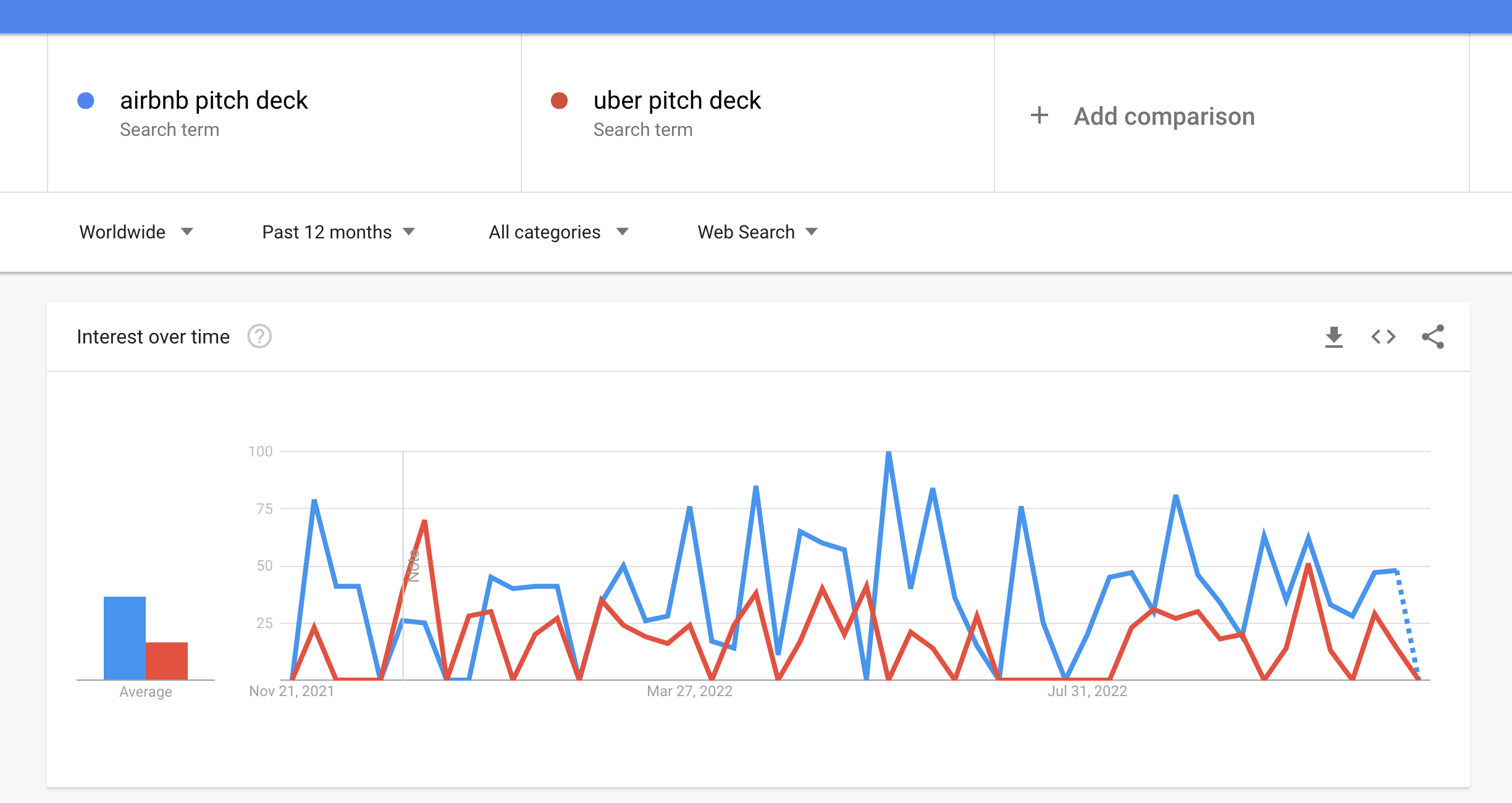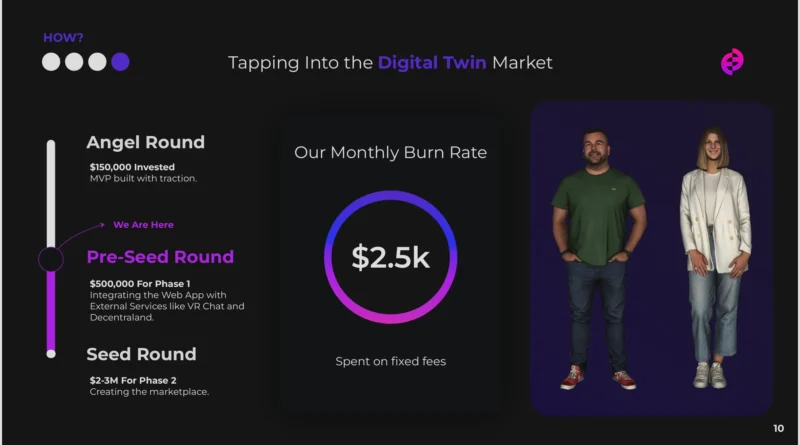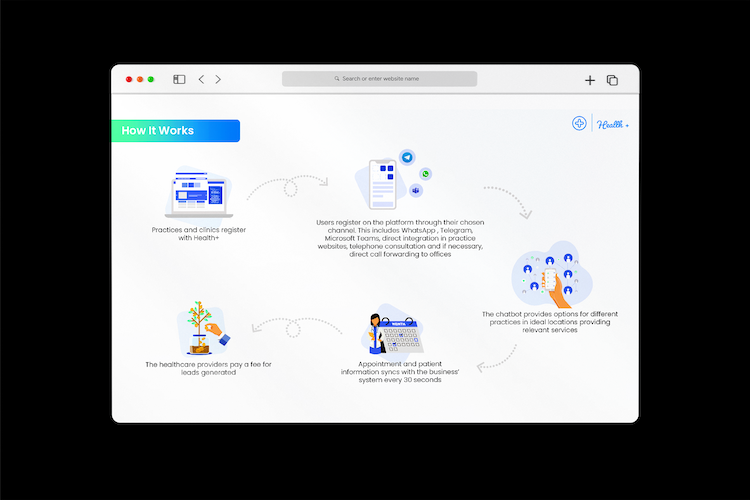
Uber was silicon valley’s favorite baby until it turned out to be full of internal problems. Yet, aside from all of that, Uber is an innovative product that every entrepreneur knows. Why? Well, because, like Facebook, you could’ve come up with the idea for Uber. It’s not complex, and it tackles an actual problem. Hence, every entrepreneur knows the Uber pitch deck.
Firstly, if you’re looking for some guidance through the Uber pitch deck and how it became a giant, then that’s what I will talk about. Additionally, if you are looking to create a similar deck, I will aid you through the process and give a few recommendations in the end.
However, if you landed here to download the Uber pitch deck and use it for your own purposes, by all means, here you go.
Now let’s talk about Uber!
Uber Nowadays…
Assuming you’re not living under a rock, you know what Uber is. Travis Kalanick along with Garrett Camp created a tech startup based on a simple concept – on demand transportation. Drivers loved the extra income. Riders loved the availability of cars everywhere in the world. It boomed.
Of course, they had an extremely tough journey, especially legally. If you are interested in knowing more about their story in details. There is a mini TV series that I’d advise you to watch. Here it is: Super Pumped TV Series.
Now that this is off the table, let’s talk about the Uber pitch deck that helped form the silicon valley spirit.
When I was thinking of writing this article, I asked myself a question, “Which pitch deck is more searched for by people, the airbnb pitch deck or the uber pitch deck?”
So I asked Google (specifically Google Trends).

Then I realized that both of them are the ABC of pitch decks. So then, the analysis starts.
Note: Here’s a visual version if you’d like to see this analysis via video.
Uber Pitch Deck Slides & Content
The first thing to notice is that they have 25 slides! (Also, in our pitch deck PDF it’s not ordered correctly, my apologies for that.)
Comparing it to the Airbnb pitch deck, that’s 11 more slides.
Anyway, let’s analyze.
- Cover– They started simple and showcased the product. The image alone could explain the whole business model.
- Cabs in 2008 & The Medallion System – Two slides explaining the problems clearly.
- UberCab Concept – Pitching the product in simple words.
- Click Car Service – This is to mainly address the reader’s thoughts when it came to the trust of the platform.
- Key Differentiators – These 7 points are the reasons why Uber is where it is right now.
- Operating Principals – Further explanation of the product
- UberCab Apps and .com – Showing the medium of how they intend to offer the service.
- Use Cases – Similar to a traction slide. This mainly aims to prove to investors that the model is working.
- User and environmental benefits – Showcasing some perks.
- The UberCab Fleet – The drivers and cars behind their product. Without them, they would not have a company.
- Initial Service Area – Showing where they were working then.
- Technology – Simply, a slide that explains all tech aspects of the product.
- Demand Forecasting, Market, and Composition – Now, they’re talking about how big this product could turn out to be.
- Target Cities, Potential Outcomes, and Smartphones – Showcasing the plan and the scenarios.
- Future Optimisations, Marketing Ideas, and Location-based service – That’s more of a chit chat of how they’re thinking. They implemented a lot of those thoughts in UberEats for example.
- Progress to date – The timeline of their plans.
Uber’s pitch deck works… if it were 2009.
Don’t dwell on the past. What you should do is learn from this pitch deck as well as the Airbnb one. However, these decks were a long time ago. Nowadays, they would not need one, but it would be astronomically different if Uber decided to create a deck.
Thereby, the lessons learned from the above pitch deck are as follows:
A problem should be an actual problem
I’ve seen hundreds of decks. They sometimes feel like adding the “problem” slide because they have to. Then, when I looked at the problem slide, I realized it was not a problem. On-demand transportation back in 2009 was an actual problem.
Hence, focus on drafting your problem in a statistical and obvious way. For example, 23% of drivers globally are unhappy because of their car seats. That shows that this is a problem that needs solving.
Traction beats all
Sometimes, a traction slide is the only one you need to send an investor. The world of investment is all about the ROI at the end of the day. The only way to validate whether one will have a return on investment is to review whether the company is generating revenue already.
It goes a long way to pitch your traction in an obvious and smart way. A $1 earned means you’re on to something.
Know what’s important in your business and show it
The investor is not an expert in your field. It’s your area. Hence, you must showcase what’s important in your business and push it in front of their faces. You know the field more than anyone. Most investors are expecting to hear that from you. So live up to it by doing your homework.
Expertise in the market and projections
There’s a question that is on the investor’s mind, whomever that investor is, “How much ROI will I get from investing in this business?” Hence, instead of letting them wait for an answer at the end of the conversation, hit them with your projections. This is you stating how much money you believe your startup will earn. Even if it’s not true, the investor knowing what you’re expecting is crucial.
Future plans are vital
Finally, how do you expect this to grow? is it going to become a unicorn? if it is, then you’ll need to tap into different industries and products. This should be more of a chit-chat on where you see the future heading to. Actually, to be specific, what your market research is saying is what matters. You could say that an A.I. called Skynet would control the world as long as you have your market stats to back this up.
Should you make a deck similar to the Uber pitch deck?
Similar, yes. Replica, no. As mentioned before, this deck was created ages ago. Investors’ mentality has widely changed. There are crypto billionaires out there that are younger than some companies.
You should learn from the above and implement accordingly what’s right for your business. Thinking of adding a GTM slide (Go-to-market) or a competition chart slide.
Whatever it is, keep in mind that the deck is phase 1. Uber is not successful because of their pitch deck. They’re successful because of what they did in the background.
Finally, if you need help creating your deck to be similar to the Uber pitch deck, I have a service that could be of use. I am writing below how long it would take with all the details.
The deck will be focused on a product that is potentially one that would scale. Hence, it will have all the information about your product, team, traction, growth strategy, future plans, and market. The focus is acceleration, as it’s key to growing.
| Timeframe | 14 days | |
| Budget | $400 | |
| Design | Included | |
| Questions? |
The Freelancer Behind This Service
People look for business consultants on a daily basis. However, they can’t find the perfect match. I aim to always achieve the perfect sync with my clients.
I’m Anil, an Albusi business consultant. I’ve worked on this website with over 50 clients.
You can easily contact me through my email for any questions: anil@albusi.com
Finally, if you are looking for a different consultant, I would recommend you check this page.
For further information and updates about our offers, check Albusi’s LinkedIn page.






